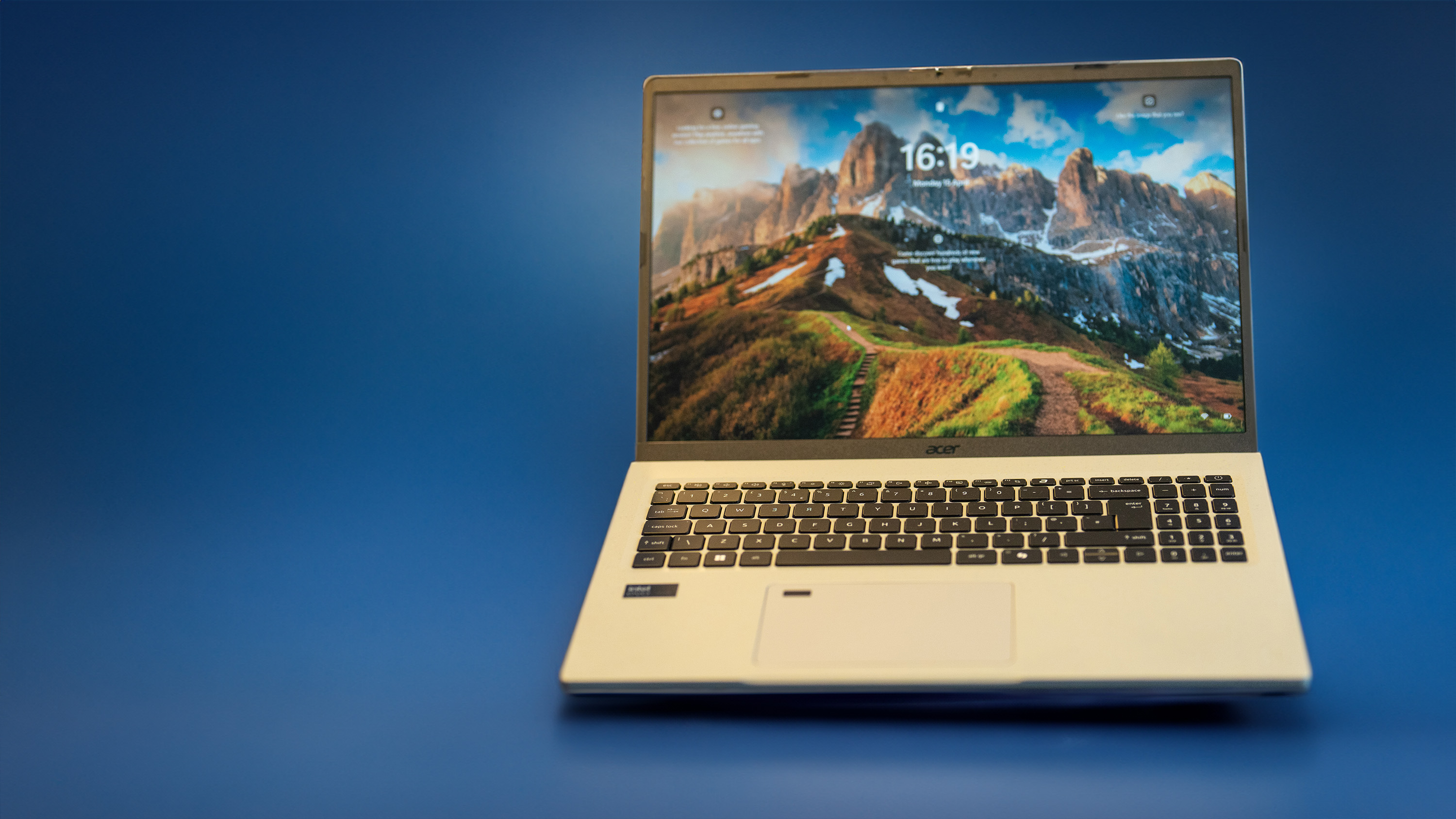
When you get the Acer Vero 16 out of its box, a few things can immediately strike you as a little strange. Not only are the R and E keys the wrong way around, but the whole thing feels... different. In an age of glass-backed phones and laptops made from aluminium this unpainted, matte plastic laptop appears a little strange.
It turns out to be a solid choice, however, and there are no problems with the laptop’s build quality, but what might turn potential users off is the laptop’s performance, which despite packing some of Intel’s latest technology can’t keep up with others when it comes to more demanding creative software. However, it could be a budget option for CAD/AutoCAD work, photo-editing, or for watching movies.
We had this laptop in for testing over a few weeks to find out.
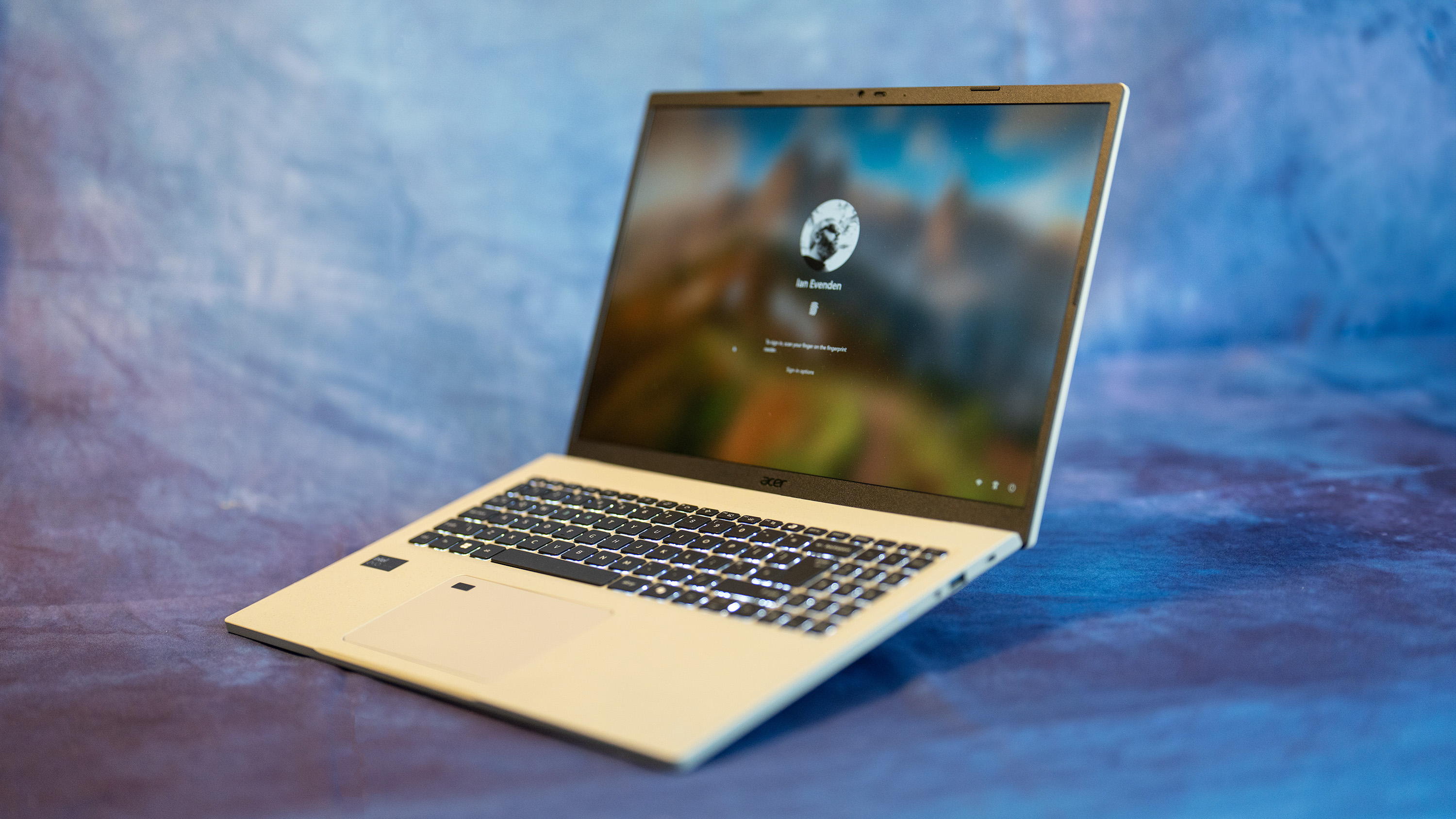
Acer Vero 16: Key specifications
Design and build
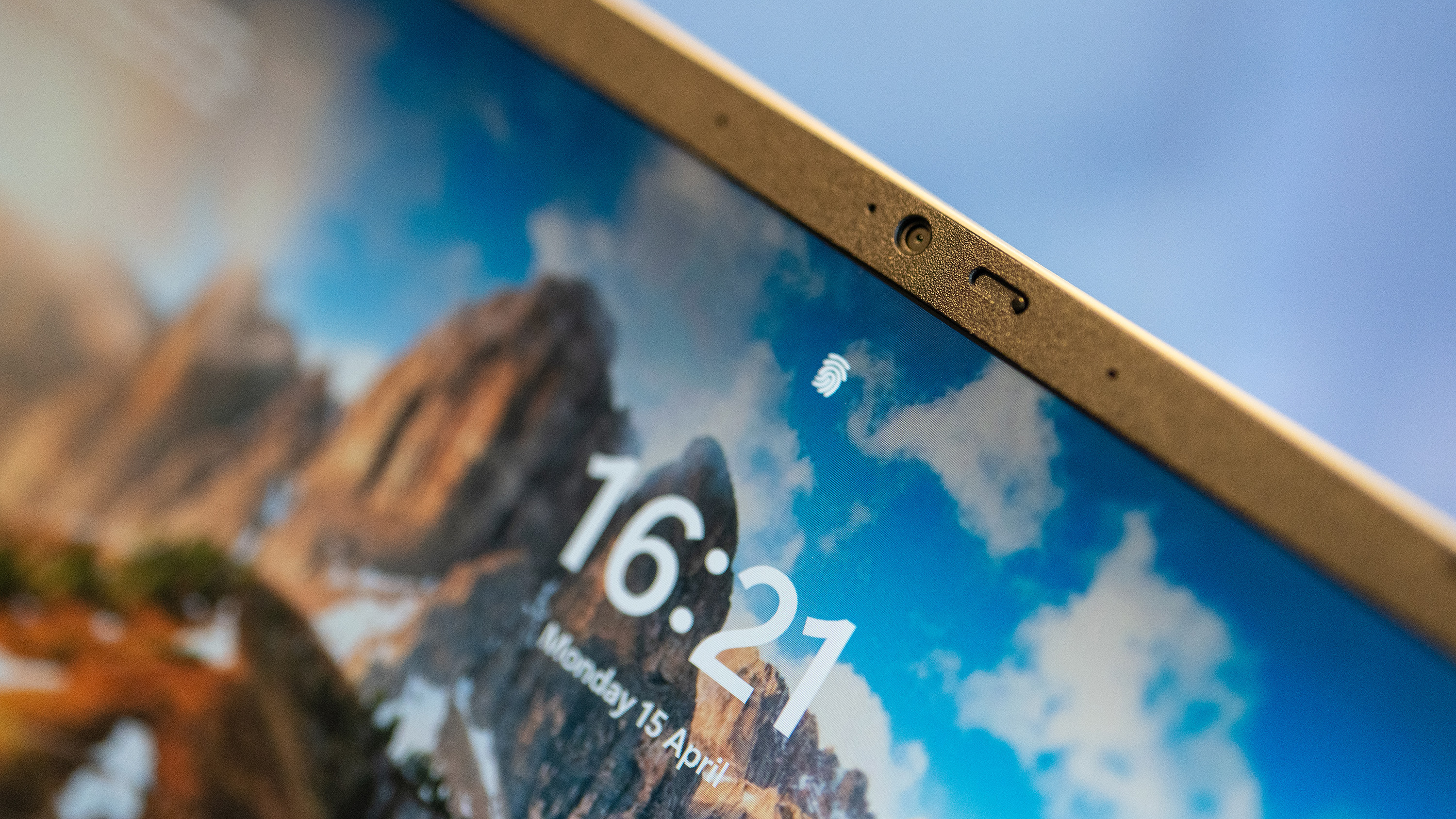
As soon as you see the Vero 16 you know there's something different about it. It’s made from 60% recycled plastic, comes in recycled packaging, and the words ‘For Planet Earth’ are stamped into the back edge (and appear in a startup graphic after the green Acer logo), which sounds rather like something out of Starship Troopers. Would you like to know more? Well, Acer claims to offset the carbon footprint of the Vero laptops, and in an unbelievably clunky gesture has flipped the R and E keys and made their backlights green because "the R and E keys represent the 'Re' in Reduce, Reuse & Recycle". Oh.
Sure, those two keys stand out, but so do the yellow speckles in the grey plastic casing, and as this is a review of a laptop and not somewhere to go on a rant about the problem of e-waste, we’ll just say that it is nice to see a manufacturer taking this sort of thing seriously, even if it should probably go further. Only 60% recycled?
Anyway, beyond the light grey colouring and unusual feel, the Vero is a laptop much like any other. There's a thin bezel around the screen, Acer’s standard webcam with a privacy shutter, a dedicated button to bring up the AcerSense settings app, and a subtle logo embossed into the lid. Around the edges, there’s a scattering of USB ports, an HDMI, a headset socket, and some useful LEDs that tell you if it’s charging. An Ethernet port is missing, but is only a Thunderbolt or USB adapter away.
Screen, keyboard and trackpad
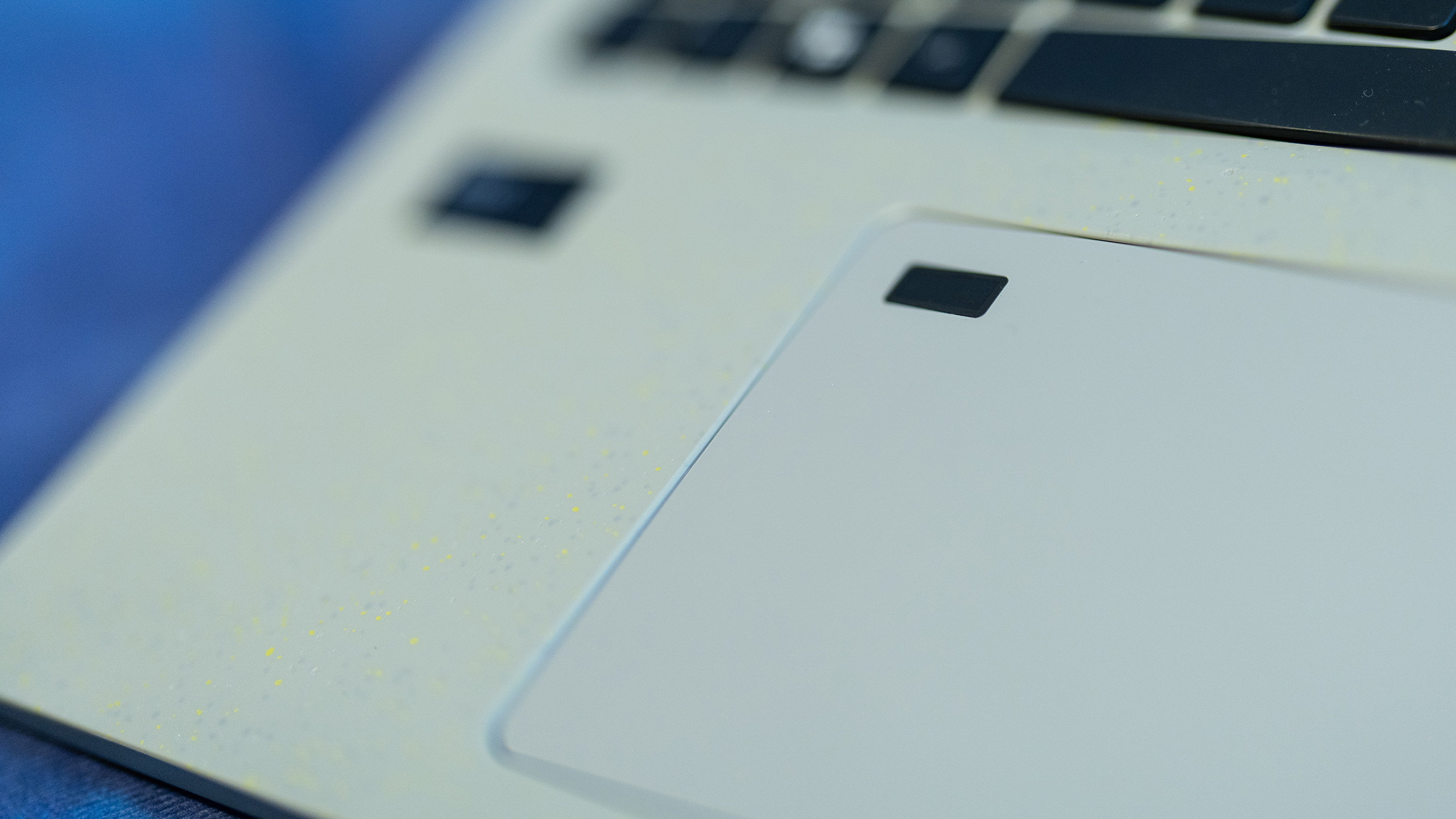
The Vero’s display is a 16-inch IPS LCD with a 60Hz refresh rate, 1600p resolution and 16:10 aspect ratio. It’s not a touchscreen, but does have a reasonable colour response, capable of displaying 100% of sRGB, 85% of AdobeRGB, and 87% of the P3 gamut. It can output 450 nits at its top brightness setting, which is very respectable.
The keyboard is right up to date, with the new dedicated key to invoke the Copilot chatbot, and has a decent-sized Enter key instead of a massive ‘#’. There's a slim numpad squeezed down the side, and while the keys themselves don’t have a lot of travel, they’re nicely backlit and no problem to type on.
The trackpad is smaller than some we’ve seen, but nice and smooth with a good feeling of transition from the slightly rough feel of the surrounding plastic. It has a fingerprint reader set into its top left corner, which makes a lot of sense if you’re using it to unlock the machine as it leaves your hand in the right position to get working.
Benchmark scores
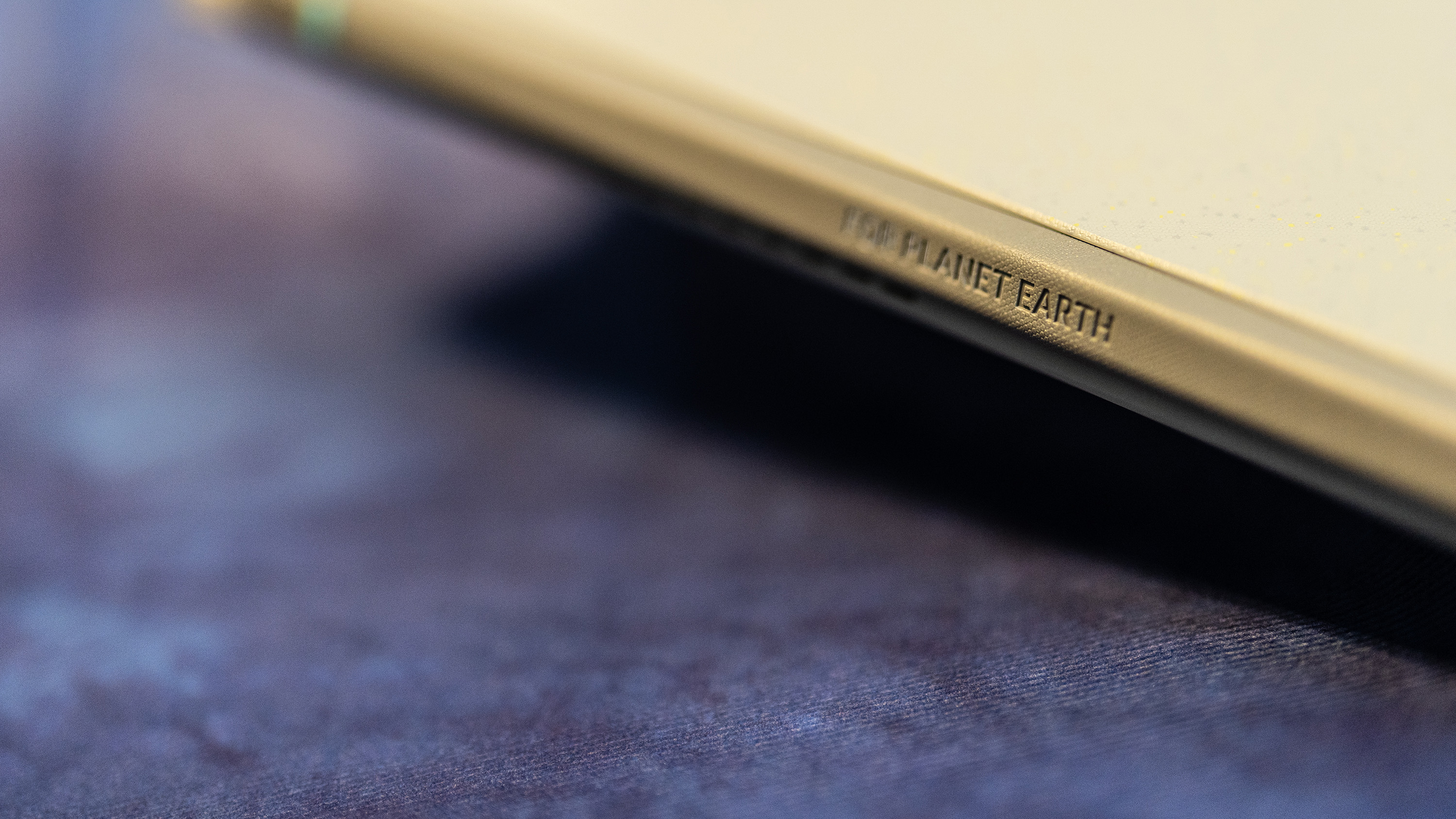
Performance

The Core Ultra 7 in the Vero is a strange beast. You look at the name, and think it’s going to be up there with the likes of the i7-14700HX in the Acer Predator Helios Neo, which has 20 cores and a correspondingly loud cooling system. Then you look at the benchmark results, realise these things are not the same, and check the specs on the Intel website.
The Ultra 7 155U is a 12-core chip, but eight of them are the Efficiency cores optimised for power efficiency rather than processing capability, and two are low-power E-cores - the ‘U’ in the processor’s name marks it out as a low-power model. Only two are the P-cores that provide the real speed, which puts it immediately behind other recent machines. Its benchmark scores are lower across the board than most other laptops we’ve tested recently, and the results aren’t too far away from the old six-core i5 desktop chips of Intel’s eighth and ninth generations, from 2019/2020.
The Handbrake video encoding test took over nine minutes, when we’ve been seeing a lot of sub-four-minute times recently. Part of this can be laid at the integrated graphics chip, which is never going to be as performant as a discrete solution and definitely won’t appeal to gamers, but only having two P-cores on the CPU doesn’t help. Even in single-core tests, the Ultra 7 was outperformed by 14th-gen i7s and the M3, but it sips just 15W at base power (20W for the M3, 55W for the i7-14700HX), so is clearly an efficient worker.
The laptops posting those quick encoding times we mentioned are often twice the price, and have battery lives measured in heartbeats. With 16GB of RAM and 2TB of SSD space (split across two 1TB drives, curiously) there's still a decent spec underneath, and the processor benefits from Intel’s Deep Learning Boost tech that gives an extra zip to things like Photoshop’s Generative Fill tool.
Charging is carried out via the USB-C Thunderbolt ports, and thanks to the economical choices Acer has made with the CPU it’s possible to get more than ten hours of constant use with the screen on out of a charge, which should be enough for even the longest working day, though this will naturally drop if you push the laptop hard.
Price
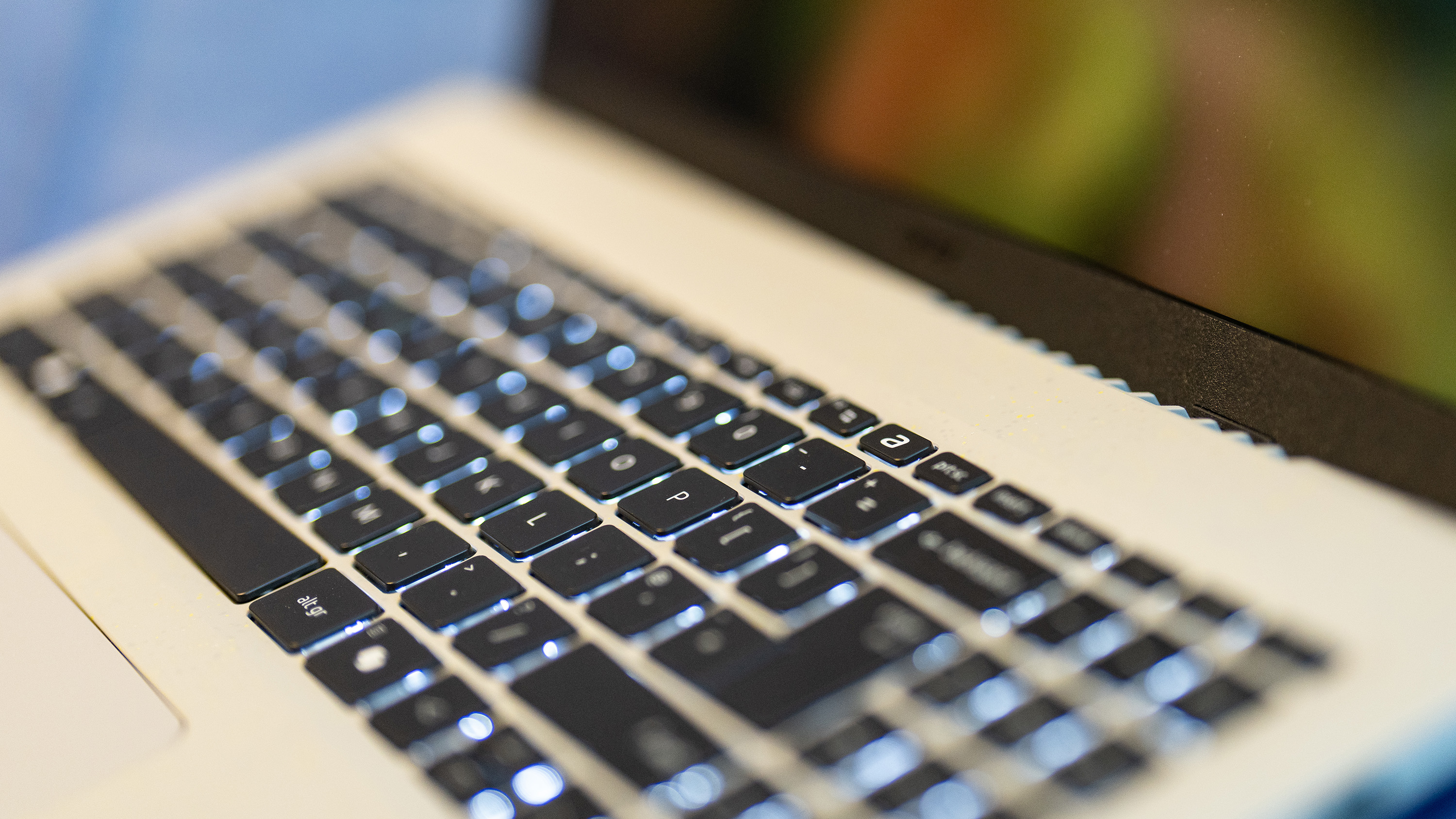
At £950, the Vero significantly undercuts many other portable PCs on the market. It’s not the absolute cheapest out there, but it does have a nice screen, a 2TB SSD and the 16in form factor in its favour. Other options in the same price range include the Asus Zenbook 14 OLED, which has a smaller (though excellent) screen, HP’s Victus 15 gaming laptop, which has half the battery life, or even the cheapest 13in M2 MacBook Air, which only sports 8GB of RAM and a 256GB SSD in its lowest-spec incarnation.
Should I buy the Acer Vero 16?
If you need quick results from the latest creative apps, then this might not be the right laptop for you. Its processor, while made from Intel’s latest energy-efficient clevernesses, doesn’t have the raw grunt for Blender or heavy video work that you’ll see elsewhere. What it does well is as an office machine or image editor, especially as it’s well connected via Thunderbolt and HDMI, so can hook up to big screens and fast external storage, even if you might need an Ethernet adapter. The 2TB of SSD on board also means it can empty your memory cards nicely if you’re out on a shoot, and it has no trouble running Photoshop. Its eco credentials also mean you can get the warm glow of knowing you’re helping the planet - or at least damaging it a bit less - by using it, and that has to count for something.







